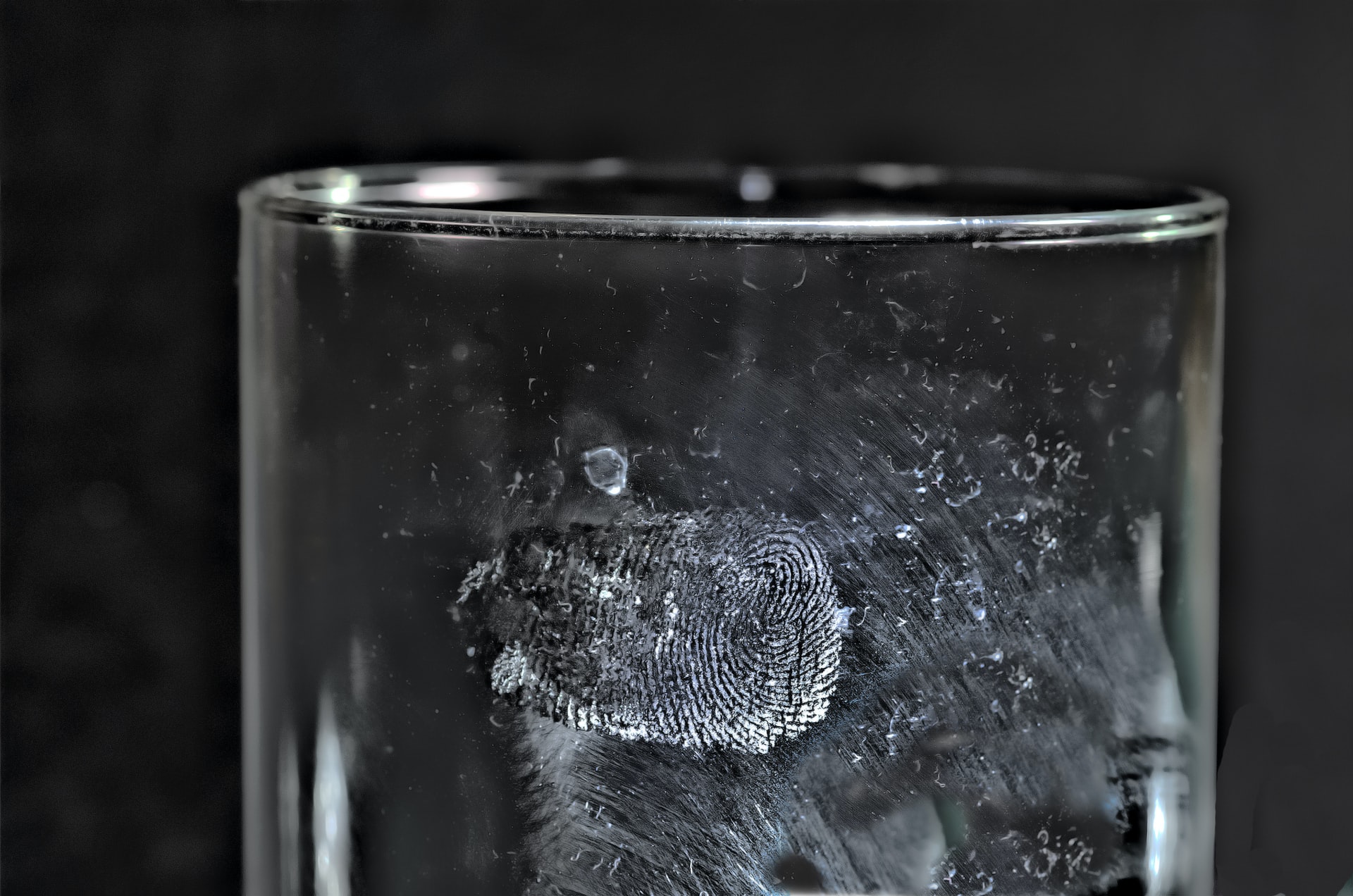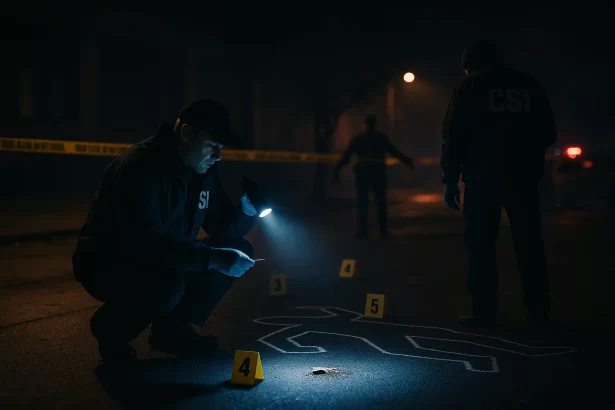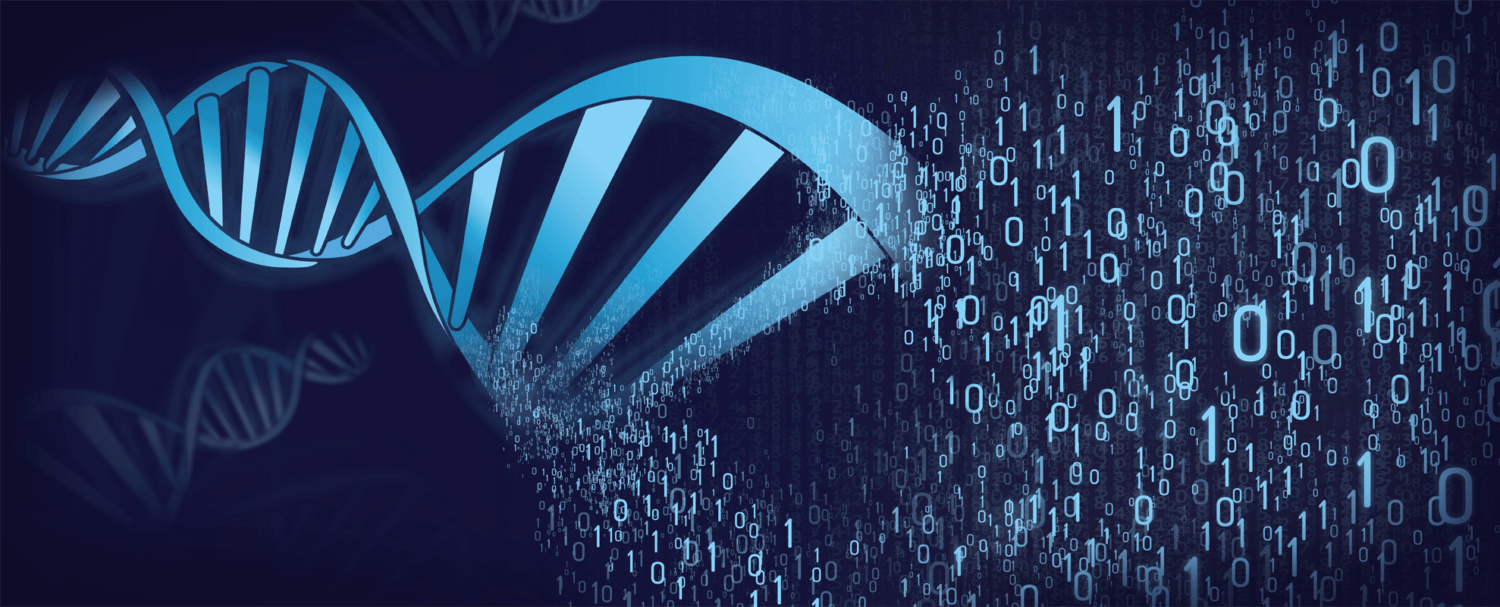A calibration curve is a fundamental tool used in scientific analysis to determine the concentration of a substance in an unknown sample. Here’s how it works:
- Known Concentration Samples: A series of samples with known concentrations of the substance of interest are prepared to create a calibration curve. These known concentrations typically cover a range, starting with a lower concentration and increasing to a higher concentration. For example, you might have samples with concentrations of 5 mg/mL, 10 mg/mL, 25 mg/mL, and so on.
- Instrumental Analysis: These known concentration samples are then subjected to instrumental analysis. This could involve using equipment like a spectrophotometer, chromatograph, or any other suitable analytical instrument that measures the property or response related to the substance being analyzed.
- DataInformation in analog or digital form that can be transmitted or processed. More Collection: The instrument generates data as each known concentration sample is analyzed. The data pairs consist of the concentration (on the X-axis) and the instrument’s response (on the Y-axis). The instrument’s response is a measurement of some physical property or signal related to the concentration of the substance.
- Plotting the CalibrationThe act of checking or adjusting (by comparison with a standard) the accuracy of a measuring instrument. Operation that, under specified conditions, in a first step, establishes a relation between the quantity values with measurement uncertainties provided by measurement standards and corresponding indications with associated measurement uncertainties and, in a second step, uses this information to establish a relation for obtaining a measurement result from an indication. More Curve: The collected data points are plotted on a graph, with concentration on the X-axis and the instrument’s response on the Y-axis. The goal is to create a graphical representation of the relationship between concentration and response.
- Linear Relationship: In ideal cases, the plotted data should result in a straight line, or at least a line that is very close to being straight. This linear relationship indicates that the instrument’s response is directly proportional to the concentration of the substance.
- Slope Calculation: The slope of the calibration curve, which is the ratio of the change in the instrument’s response to the change in concentration, is calculated. This slope represents how the instrument responds to changes in concentration.
- Unknown Sample Analysis: Once the calibration curve is established, it can be used to determine the concentration of an unknown sample. You analyze the unknown sample using the same instrument and record its response. Then, using the calibration curve and the slope obtained earlier, you can calculate the concentration of the unknown sample.
The calibration curve is a vital reference for converting instrumental responses into meaningful concentration values. It accounts for variations in the instrument’s sensitivity and ensures accurate quantitative analysis of unknown samples. A well-constructed calibration curve is a crucial component of analytical chemistry and various scientific fields where quantitative measurements are essential.




